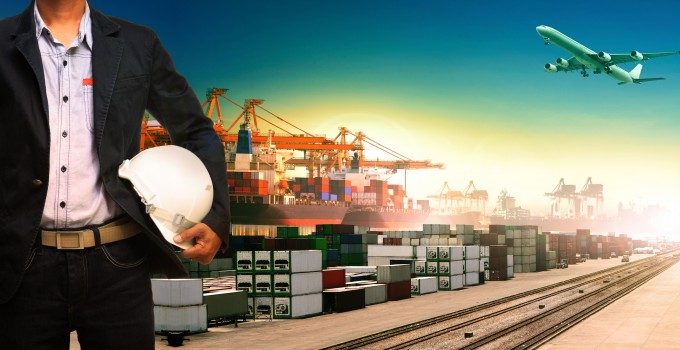Logistics is the key to growing humanitarian needs, says Airlink
Air carriers and logistics specialists make a vital contribution to the growing demand for humanitarian ...
TFII: SOLID AS USUALMAERSK: WEAKENINGF: FALLING OFF A CLIFFAAPL: 'BOTTLENECK IN MAINLAND CHINA'AAPL: CHINA TRENDSDHL: GROWTH CAPEXR: ANOTHER SOLID DELIVERYMFT: HERE COMES THE FALLDSV: LOOK AT SCHENKER PERFORMANCEUPS: A WAVE OF DOWNGRADES DSV: BARGAIN BINKNX: EARNINGS OUTODFL: RISING AND FALLING AND THEN RISING
TFII: SOLID AS USUALMAERSK: WEAKENINGF: FALLING OFF A CLIFFAAPL: 'BOTTLENECK IN MAINLAND CHINA'AAPL: CHINA TRENDSDHL: GROWTH CAPEXR: ANOTHER SOLID DELIVERYMFT: HERE COMES THE FALLDSV: LOOK AT SCHENKER PERFORMANCEUPS: A WAVE OF DOWNGRADES DSV: BARGAIN BINKNX: EARNINGS OUTODFL: RISING AND FALLING AND THEN RISING

Involvement in humanitarian logistics is, perhaps somewhat surprisingly, one of the areas of the supply chain industry that few operators like to brag about. But it is a big business – in 2010 the UN spent $7bn of its humanitarian aid budget on logistics – and as a result the sector is getting slicker and more professional in the way it treats logistics operations and requirements. This article identifies three key areas.
Crew member dies as Maersk Frankfurt catches fire on maiden voyage
Maersk Frankfurt owner declares General Average, as fire-fighting continues
More danger to box ships as Houthis expand Red Sea attack arena
Bangladesh 'jam-packed' with cargo as curfew and internet restrictions continue
K+N eyes more cost-cutting after first-half profit and market share declines
'Last chance' for US importers to stock up before possible east coast port strike
New FMC regulation rules out carrier 'lame excuses' for rolling cargo
Maersk Frankfurt heads for open water as container fire subsides



Comment on this article